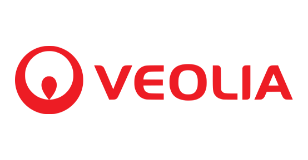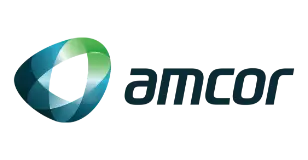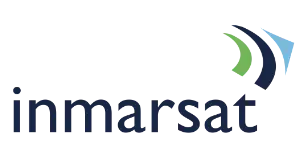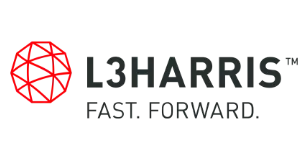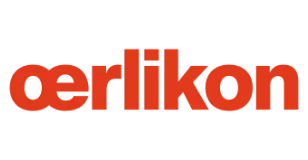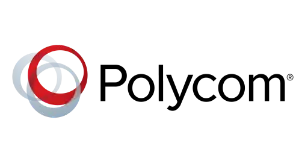
The US Sun Protective Clothing Market Research Report: Forecast (2022-27)
By Clothing Type (Top Wear( Tees & Tops, Shirts, Tunics, Hoodies & Jackets, Others (Dresses, Wraps, etc.)) Bottom Wear (Pants & Capris, Skirts, Skorts & Shorts), Swimwear, Accessor...ies (Sun Hats, Face Masks, Others (Gloves & Sleeves, Scarves & Bandanas, Shawls, etc.)), By Material (Cotton, Linen, Polyester, Nylon, Satin, Others (Lycra, Canvas, etc.)), By End User (Men, Women, Kids & Infants), By Distribution Channel (Online ( E-Commerce Website, Company Websites), Offline (Supermarket/Hypermarket, Multi-brand Retail Stores, Brand-owned Stores), By Region (North East, Midwest, West, South), By Company (Coolibar Sun Protective Clothing, SummerSkin, Solumbra, UV Skinz, Inc., Solbari Sun Protection, Cabana Life, Columbia Sportswear Company, Little Leaves Clothing Company, IBKUL, Nozone Clothing Company, Others) Read more
- FMCG
- Apr 2022
- Pages 85
- Report Format: PDF, Excel, PPT
Market Definition
Sun protective clothing contains certain properties that help in protecting the skin when exposed to direct sunlight. It acts as a barrier between skin & ultraviolet (UV) rays & protects skin from sunburn, rashes, long-term skin damage, and skin cancer. The high prevalence of chronic diseases, including skin cancer amongst a large section of the populace, is one of the primary factors leading to the adoption of these clothes. With the growing awareness among the US population regarding sun protective clothing has catalyzed the demand for skincare products & skincare apparel significantly. Therefore, the market has promising future growth prospects in the country.
Market Insights
The US Sun Protective Clothing market is projected to expand at a CAGR of around 7% during the forecast period, i.e., 2022-27. The US is one of the countries across the globe, which has a high prevalence of skin cancer disease among the populace. Hence, various manufacturers in the country have assessed the need to develop sun protective clothing to deter the harmful impacts of Ultraviolet (UV) rays causing different types of skin cancer, such as melanoma, non-melanoma, actinic keratosis, etc.
| Report Coverage | Details |
|---|---|
| Study Period | Historical Data: 2017-20 |
| Base Year: 2021 | |
| Forecast Period: 2022-27 | |
| CAGR(2022-27) | 7% |
| Region Covered | North East, Midwest, West, South |
| Key Companies Profiled | Coolibar Sun Protective Clothing, SummerSkin, Solumbra, UV Skinz, Inc., Solbari Sun Protection, Cabana Life, Columbia Sportswear Company, Little Leaves Clothing Company, IBKUL, Nozone Clothing Company, Others) |
| Unit Denominations | USD Million/Billion |
Therefore, a sun protective clothing line has been specially designed for protecting skin from the sun and is recommended to be worn during warm & humid weather. Besides, the fabric used during clothing production is rated for ultraviolet protection. A fabric with an Ultraviolet Protection Factor (UPF) of 50 can block the penetration of the sun's rays by 96%-98%. This results in a significant reduction of risks associated with skin cancer.
- According to the American Cancer Society, there would be around 99,780 new cases of melanoma skin cancer in 2022. Out of which, there would be approximately 7,650 deaths.
In addition to this, the increasing awareness about sun protective clothing & apparel, fashion trend transitions, high disposable income of an average American has led to the quick adoption of sun protective clothing in the country. Moreover, the existence of a large customer base is another factor that is driving the growth of the Sun Protective Clothing market and is expected to present huge opportunities that would propel the market growth in the coming years.
Impact of Covid-19 on the US Sun Protective Clothing Market
The advent of the COVID-19 pandemic led to a decline in the demand for sun protective clothing in the US as a result of the temporary shutdown of numerous retail outlets all across the country. Offline mode of distribution is a significant means for selling sun protective clothes in the country, therefore, the mobility restrictions imposed by the US government in the country to tackle the pandemic led to a notable nosedive in 2020. In addition, the guidelines issued by the government & other health authorities urged the individuals to not step out of the premise, unless there's an emergency. Hence, this opposed the primary function of sun-protective clothing, which is to prevent the skin from harmful sun radiations.
However, the players in the market managed to gain moderate demand traction by improvising their sales strategy over the online platform, including company-owned portals as well as e-commerce websites, such as Walmart, Amazon, among others. Subsequently, the initiation in 2021 gradually revived the sales of sun protective clothing in the US. Therefore, the impact of COVID-19 in the medium-term is expected to diminish with the relaxation of mobility restrictions in the country.
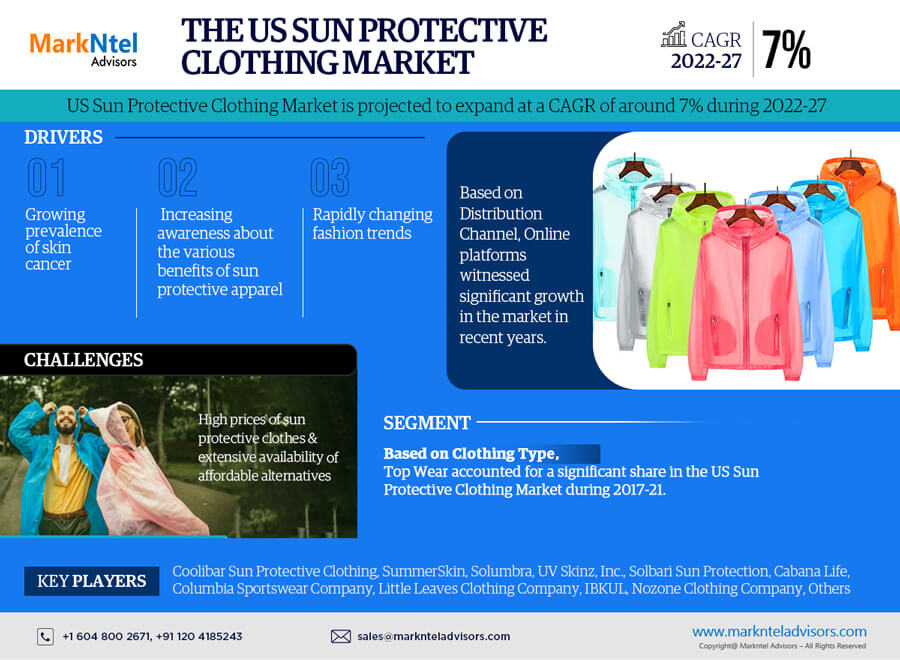
Market Segmentation
Based on Clothing Type:
- Top Wear
- Bottom Wear
- Accessories
Of them all, top wear accounted for a significant share in the US Sun Protective Clothing market during 2017-21. Different types of top wear, such as shirts, T-shirts, jackets, hoodies, etc., are the most common types of clothing on which an individual spends the most. Therefore, various manufacturers have analyzed the consumer choice & demand for sun protective clothing & channelized their investments towards extending their top wear clothing line, especially on shirts. In this regard, it has been observed that the players are focusing on catering to individual demand & launching diverse fashion trends & patterns in such clothing.
Moreover, the continuous R&D efforts by the players towards developing new fabric technology with high-performance features such as moisture-wicking, quick-drying, cooling, water-repellant, anti-microbial, among others, is expected to extend the potential of the sun-protective clothing market in the upcoming years. For instance:
- In 2022, Acteev and Coalatree launched the Surrey Sun Shirt, a zinc-powered shirt, that is, designed to block harmful sun rays & has a 50+ UPF rating. The shirt is produced by combining zinc ions with high-quality nylon fabric and will be launched at offline retail stores in the US, Europe & China.
By Distribution Channel:
- Online
- Offline
Among the two, the online channel has witnessed significant growth in the US Sun Protective Clothing market during the historical period. This is due to the high number of internet users in the country, along with a strong user base of e-commerce websites, such as Amazon, eBay, among others, which have led to the awareness about sun protective clothing. Furthermore, the manufacturers prefer using the online channel to distribute their products and use a variety of offers, discounts, vouchers, etc., to lure the attention of the customer.
Due to this, the online channel has registered considerable growth over the past few years. Furthermore, the major players in the market sell products directly via their websites and also establish partnerships with e-commerce giants, such as Amazon, to access their extensive active user base. This trend is expected to sustain in the upcoming years as well.
Recent Developments by the Government or Leading Companies
- In February 2020, Cabana Life established a partnership with Talbots, which would help the company spread its sun-safe messages & expand the reach of stylish UPF solutions. This is expected to widen the customer base.
- In 2017, Coolibar Sun Protective Clothing announced Summer Sanders as its brand ambassador for its UPF 50+ sun protective apparel clothing line in the US. Summer Sanders is a two-time Olympic Gold Medalist & three-time melanoma skin cancer survivor, with the help of which the company aims to spread awareness about sun protective clothing in the country
Market Dynamics:
Key Driver: High Prevalence of Skin Cancer Leading to Adoption of Sun Protective Clothing
The high prevalence of skin cancer in the country & rising awareness regarding preventive measures for skin damage, sunburn, and other skin diseases, such as skin cancer, have been evident drivers for the increasing adoption of sun protective clothing in recent years. Skin cancer has become one of the most common diseases as a result of direct sun exposure for longer durations. Besides, the depleting ozone layer in the atmosphere is one of the reasons for skin cancer. Therefore, a longer duration of harmful ultraviolet (UV) rays on the skin can cause skin cancer.
- According to the American Academy of Dermatology (AAD) Association, approx. 9,500 individuals in the US are diagnosed with skin cancer every day. Also, it is estimated that there would be 196,060 new cases of melanoma, 101,280 cases of non-invasive, and 106,110 invasive cases diagnosed in the US in 2021.
Moreover, to counter this, the individuals in the country have started taking preventive measures, such as applying sunscreen lotions & body packs. However, it needs to be applied again & again during the day. Consequently, sun protective clothing such as sun hats, shirts, pants, sleeves, etc., has become a suitable alternative. In this regard, there has been a high demand in the US for protective clothing against the sun, which will probably persist in the years to come.
Possible Restraint: Availability of Affordable Substitutes
With the availability of sun protective clothing alternatives such as sunscreen, tan removal lotions, body packs, etc., the demand for these products has dissipated in the country. As an alternative to sun protection, these substitutes are more affordable & can be applied directly to the exposed skin to block the sun's ultraviolet rays. Furthermore, the high prices of these clothes can discourage many price-sensitive buyers to make the purchase. Therefore, the buyer would look for the immediate substitute product available in the market. Moreover, all these developments across the clothing & cosmetics industry would emerge as an affordable substitute for the sustainable clothing market in the country during 2022-27.
Key Questions Answered in the Market Research Report:
- What are the overall statistics or estimates (Overview, Market Size- By Value, Forecast Numbers, Segmentation, Shares) of the US Sun Protective Clothing Market?
- What are the industry size, growth drivers, and challenges?
- What are the key innovations, opportunities, current & future trends, and regulations in the US Sun Protective Clothing Market?
- Who are the key competitors, their key strengths & weaknesses, and how do they perform in the US Sun Protective Clothing Market based on the competitive landscape?
- What are the key results derived from surveys conducted during the US Sun Protective Clothing Market study?
Frequently Asked Questions
- Introduction
- Research Process
- Assumption
- Market Segmentation
- Market Definition
- Executive Summary
- Impact of COVID-19 on The US Sun Protective Clothing Market
- The US Sun Protective Clothing Market Trends & Insights
- The US Sun Protective Clothing Market Dynamics
- Growth Drivers
- Challenges
- The US Sun Protective Clothing Market Hotspot and Opportunities
- The US Sun Protective Clothing Market Pricing Analysis
- The US Sun Protective Clothing Market Outlook, 2017- 2027
- Market Size and Analysis
- By Revenues (USD Million)
- Market Share and Analysis
- By Clothing Type
- Top Wear
- Tees & Tops
- Shirts
- Tunics
- Hoodies & Jackets
- Others (Dresses, Wraps, etc.)
- Bottom Wear
- Pants & Capris
- Skirts, Skorts & Shorts
- Swimwear
- Accessories
- Sun Hats
- Face Masks
- Others (Gloves & Sleeves, Scarves & Bandanas, Shawls, etc.)
- Top Wear
- By Material
- Cotton
- Linen
- Polyester
- Nylon
- Satin
- Others (Lycra, Canvas, etc.)
- By End User
- Men
- Women
- Kids & Infants
- By Distribution Channel
- Online
- E-Commerce Websites
- Company Websites
- Offline
- Supermarket/Hypermarket
- Multi-brand Retail Stores
- Brand-owned Stores
- Online
- By Region
- North East
- Midwest
- West
- South
- By Company
- Revenue Shares
- Competition Characteristics
- By Clothing Type
- Market Size and Analysis
- The US Sun Protective Clothing Market Key Strategic Imperatives for Success and Growth
- Competitive Outlook
- Competition Matrix
- Application Portfolio
- Brand Specialization
- Target Markets
- Target Applications
- Research & Development
- Strategic Alliances
- Strategic Initiatives
- Company Profiles (Business Description, Application Segments, Business Segments, Financials, Strategic Alliances/ Partnerships, Future Plans)
- Coolibar Sun Protective Clothing
- SummerSkin
- Solumbra
- UV Skinz, Inc.
- Solbari Sun Protection
- Cabana Life
- Columbia Sportswear Company
- Little Leaves Clothing Company
- IBKUL
- Nozone Clothing Company
- Others
- Competition Matrix
- Disclaimer
MarkNtel Advisors follows a robust and iterative research methodology designed to ensure maximum accuracy and minimize deviation in market estimates and forecasts. Our approach combines both bottom-up and top-down techniques to effectively segment and quantify various aspects of the market. A consistent feature across all our research reports is data triangulation, which examines the market from three distinct perspectives to validate findings. Key components of our research process include:
1. Scope & Research Design At the outset, MarkNtel Advisors define the research objectives and formulate pertinent questions. This phase involves determining the type of research—qualitative or quantitative—and designing a methodology that outlines data collection methods, target demographics, and analytical tools. They also establish timelines and budgets to ensure the research aligns with client goals.
2. Sample Selection and Data Collection In this stage, the firm identifies the target audience and determines the appropriate sample size to ensure representativeness. They employ various sampling methods, such as random or stratified sampling, based on the research objectives. Data collection is carried out using tools like surveys, interviews, and observations, ensuring the gathered data is reliable and relevant.
3. Data Analysis and Validation Once data is collected, MarkNtel Advisors undertake a rigorous analysis process. This includes cleaning the data to remove inconsistencies, employing statistical software for quantitative analysis, and thematic analysis for qualitative data. Validation steps are taken to ensure the accuracy and reliability of the findings, minimizing biases and errors.
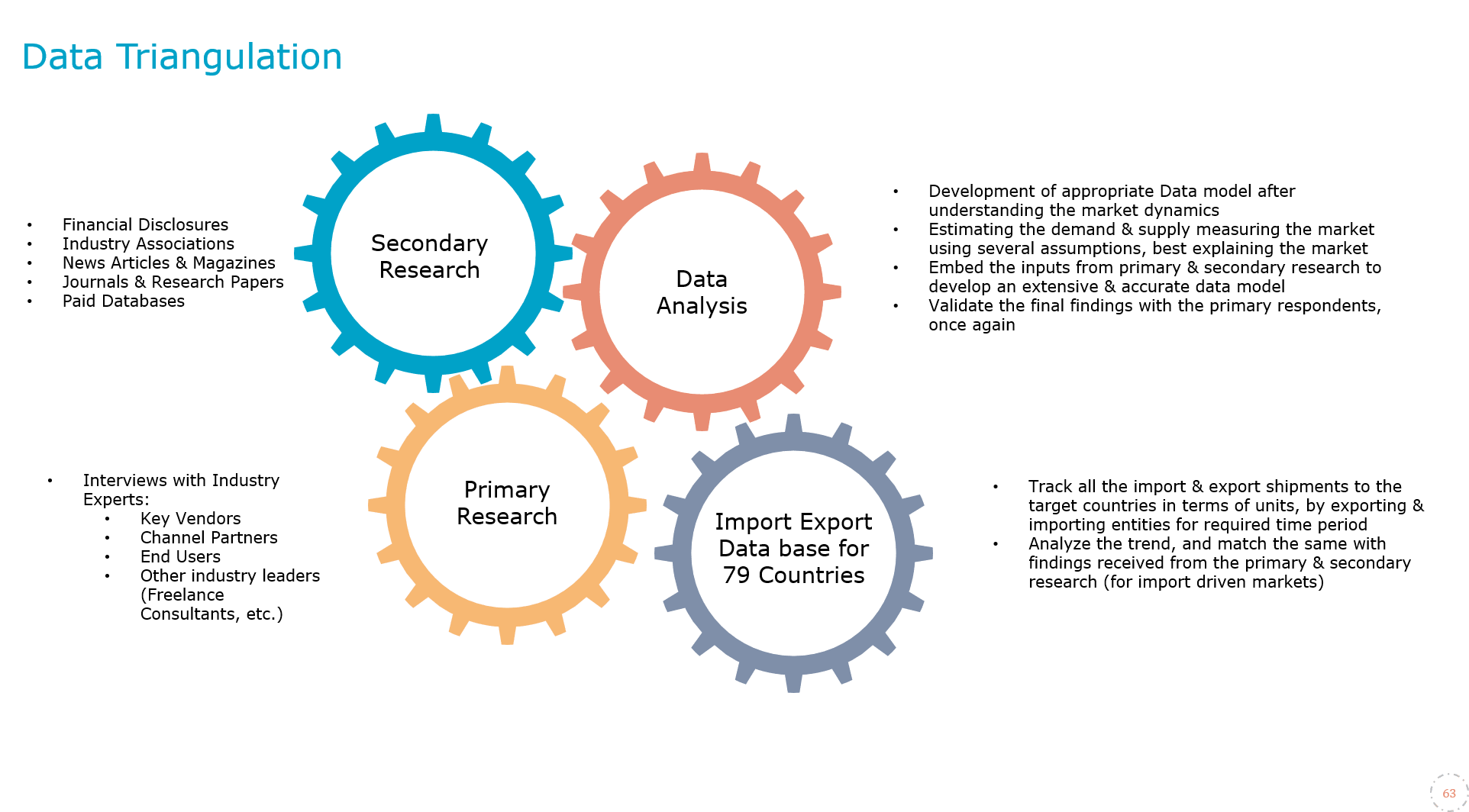
4. Data Forecast and FinalizationThe final phase involves forecasting future market trends based on the analyzed data. MarkNtel Advisors utilize predictive modeling and time series analysis to anticipate market behaviors. The insights are then compiled into comprehensive reports, featuring visual aids like charts and graphs, and include strategic recommendations to inform client decision-making

